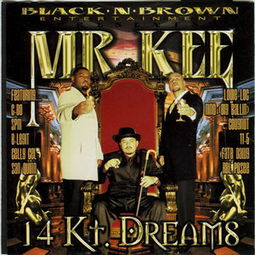Understanding the Concept

Are you looking to make money online? Have you heard about squeeze pages? If not, you’re in for a treat. A squeeze page is a crucial tool in the world of online marketing, designed to capture leads and build your email list. But how exactly does it work, and how can you use it to make money online? Let’s dive in and explore the ins and outs of squeeze pages.
What is a Squeeze Page?

A squeeze page is a standalone web page that is designed to persuade visitors to provide their contact information, typically an email address, in exchange for something valuable. This valuable offer, often referred to as a lead magnet, could be an e-book, a free report, a discount code, or any other enticing content that your target audience would find valuable.
Why Use a Squeeze Page?

There are several reasons why you should consider using a squeeze page in your online business:
-
Build an Email List: One of the primary goals of a squeeze page is to collect email addresses. An email list is a valuable asset as it allows you to stay in touch with your audience and promote your products or services directly to them.
-
Generate Leads: By offering a lead magnet, you can attract potential customers who are interested in your niche. This can help you identify and nurture leads that have a higher chance of converting into paying customers.
-
Improve Conversion Rates: Squeeze pages are designed to convert visitors into leads. By focusing on a single call-to-action (CTA), you can increase the chances of visitors taking the desired action.
Creating an Effective Squeeze Page
Creating a successful squeeze page requires careful planning and attention to detail. Here are some key elements to consider:
-
Compelling Headline: Your headline should grab attention and clearly communicate the value of your lead magnet. Use power words and create a sense of urgency.
-
Engaging Copy: Write persuasive and engaging copy that explains the benefits of your lead magnet and why visitors should provide their email address.
-
High-Quality Lead Magnet: Ensure that your lead magnet is valuable and relevant to your target audience. This will increase the likelihood of visitors providing their contact information.
-
Clear Call-to-Action (CTA): Your CTA should be prominently displayed and encourage visitors to take action. Use action-oriented language and make it as easy as possible for visitors to sign up.
-
Professional Design: A well-designed squeeze page can help build trust and credibility with your audience. Use a clean, professional layout and ensure that your page loads quickly.
Driving Traffic to Your Squeeze Page
Once you have a squeeze page, the next step is to drive traffic to it. Here are some effective strategies:
-
Search Engine Optimization (SEO): Optimize your squeeze page for search engines to increase organic traffic. Use relevant keywords, meta tags, and create high-quality content.
-
Social Media Marketing: Share your squeeze page on social media platforms to reach a wider audience. Use eye-catching images, engaging captions, and encourage your followers to share.
-
Email Marketing: Promote your squeeze page through your email list. Include a link to your squeeze page in your newsletters and encourage subscribers to sign up for the lead magnet.
-
Pay-Per-Click (PPC) Advertising: Use PPC campaigns to drive targeted traffic to your squeeze page. Platforms like Google Ads and Facebook Ads can help you reach your desired audience.
Measuring Success and Scaling Your Efforts
Tracking the performance of your squeeze page is crucial to understand what works and what doesn’t. Here are some key metrics to monitor:
-
Conversion Rate: The percentage of visitors who take the desired action (e.g., signing up for your lead magnet). A higher conversion rate indicates that your squeeze page is effective.
-
Click-Through Rate (CTR): The percentage of visitors who click on your CTA. A higher CTR suggests that your CTA is compelling and engaging.
-
Lead Magnet Performance: Analyze the performance of your lead magnet to ensure it is providing value to your audience. You can use analytics tools to


